Sources: It Books, HarperCollins
Hardcover, 368 pages
I am an Amazon Affiliate
Robert Plant: A Life by Paul Rees is an unauthorized biography of one of Led Zeppelin‘s front men — the one some called a golden god. Beginning with his early years in grade school, Plant was not destined to be the straight arrow his father wanted him to be. His antics started as a young adolescent stealing small instruments from well-known musicians that visited local clubs. He was initially influenced by the sway of Elvis, miming his records on the sofa with a hairbrush for a microphone. But Rees also provides a background on the region and its hardships, which shaped his father and his older family members. The hardships the family faced also shaped their attitudes toward a young man finding his love of music and barreling headlong into it.
Rees prose is engaging, like an old friends talking to one another, and the smattering of quotes from friends and family about the events that shaped not only Plant, but also the band, make readers feel like their watching a documentary unfold. And like most documentaries with producers close to the subject, some of the more sordid details of drug use and sex are muted — though a salacious tale about the band and its members has likely been done before and does not need to be repeated. Rees has a greater focus on the music Plant created in a series of defunct bands, his poor luck with bands when he started out, and his wild success as the lead singer of Led Zeppelin.
“He had felt fear gnawing away at him. The dread of how he might appear to all the thousands out there in the dark. Here he was, a man in his sixtieth year, desiring to roll back time and recapture all the wonders of youth. Did that, would that, make him seem a fool? In those long minutes with himself he had looking in the mirror and asked over and over if he really could be all that he had once been; if it were truly possible for him to take his voice back up to the peaks it had once scaled. He had so many questions but no answers.” (page 1)
As a young husband, he’d made a pact with his bride that if he had not made it by his twentieth birthday in a successful band, he’d give it up to support his family. It was just before he was set to find a real job that he was asked to join Jimmy Page to create Led Zeppelin. Plant soon finds himself separating his personalities in two directions — the devoted family man and the consummate rock star. Several tragedies and the weight of drugs and violence lead to the band’s demise and Plant’s moving onward — creating more music.
Robert Plant: A Life by Paul Rees leaves analysis of the personalities behind and merely relies on outside sources, interviews, and other insights from those who were there to give shape to a tumultuous time of a rock star. But beyond that, the biography offers up a human look at a rock god, though one with a limited view. Readers will feel like its rehashed and glosses over the real man in favor of critiquing the music. It seems like his early beginnings in music, Plant’s career after Zeppelin was up and down, but he never seemed to lose his love of music. Just wish there was more fresh research.
About the Author:
Paul Rees has written about music for more than twenty years. In that time he has interviewed everyone from Paul McCartney, Bruce Springsteen, and Madonna to Bono, Take That, and AC/DC. His work has appeared in many publications, including the Sunday Times Culture, the Telegraph, the Independent, and the Evening Standard. He was also editor of two of the UK’s most successful and long-standing music publications, Q and Kerrang!, for a total of twelve years.
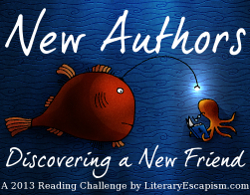


 About the Author:
About the Author:
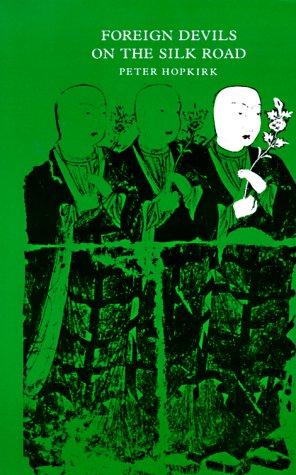

 About the Author:
About the Author: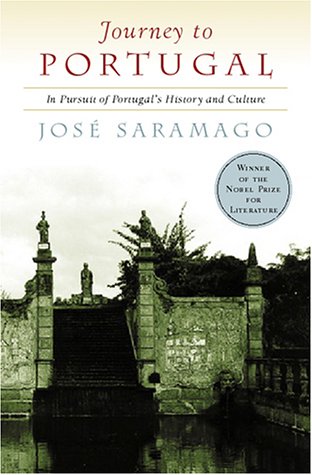
 About the Author:
About the Author: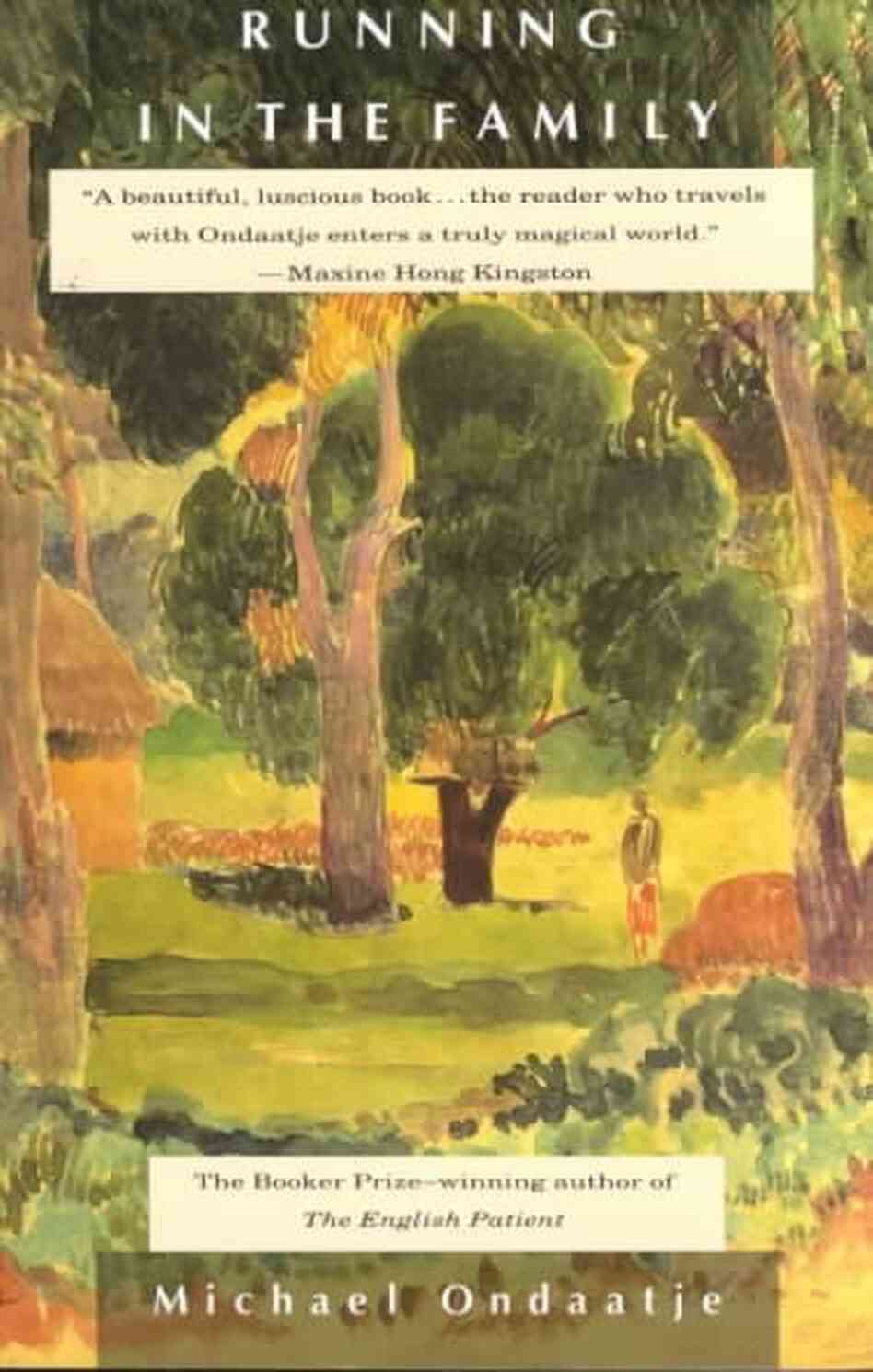
 About the Author:
About the Author:
 About the Author:
About the Author: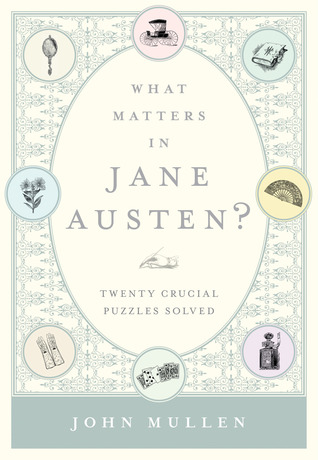
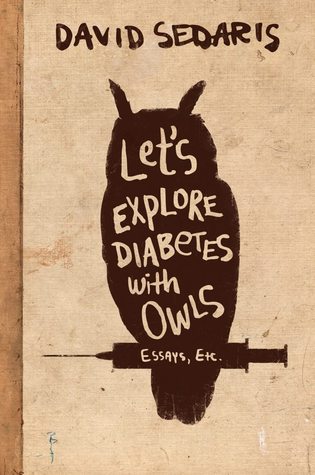

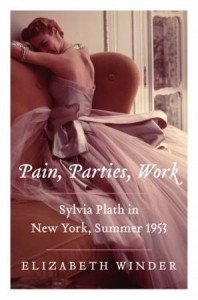
 About the Author:
About the Author:




